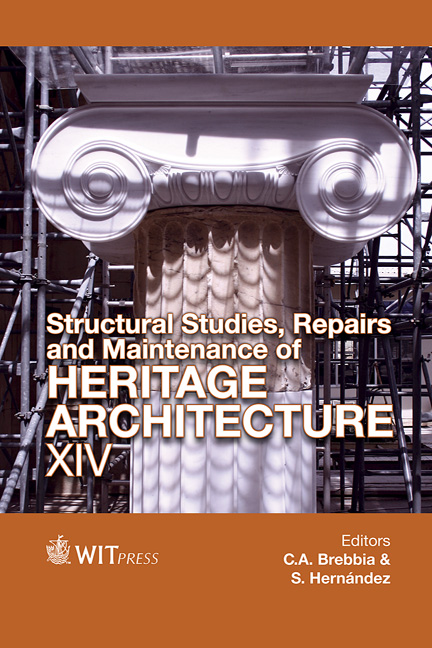An Approach To A Methodology For The Analysis And Characterization Of Disused Railway Lines As A Complex System
Price
Free (open access)
Transaction
Volume
153
Pages
13
Page Range
811 - 823
Published
2015
Size
1,133 kb
Paper DOI
10.2495/STR150671
Copyright
WIT Press
Author(s)
A. Eizaguirre-Iribar, L. Etxepare Igiñiz, R. J. Hernández-Minguillón
Abstract
Since the second half of the 20th century and especially in territories where the train had been dependent on industrial development, there are many kilometres of disused railway lines setting a railway heritage of great interest. Nevertheless, the passage of time and the lack of use have led to many heritage elements being in danger of disappearing, if not having already disappeared. Furthermore, most of the actions for their protection, restoration or putting in value carried out until today, have focused on component item/element, instead of understanding the line as a territorial system, formed not only by the nodes but also by the connecting threads.
This paper aims to analyze and characterize the disused railway heritage as a complex system, focusing on the methodology and tools. The way to address the issue attempts to avoid the decomposition of the system and favour the maintenance of the structuring nature that railway lines originally had in each territory, which is precisely one of the most important features to put them in value in the new territorial view of the 21th century. The paper develops the application of this methodology on a case study in southwest Europe: disused railway lines in the Basque-Navarre territory.
Keywords
disused railway line, railway heritage, system, territorial structuring, methodology, GIS, nodes, the Basque Country, Navarre




